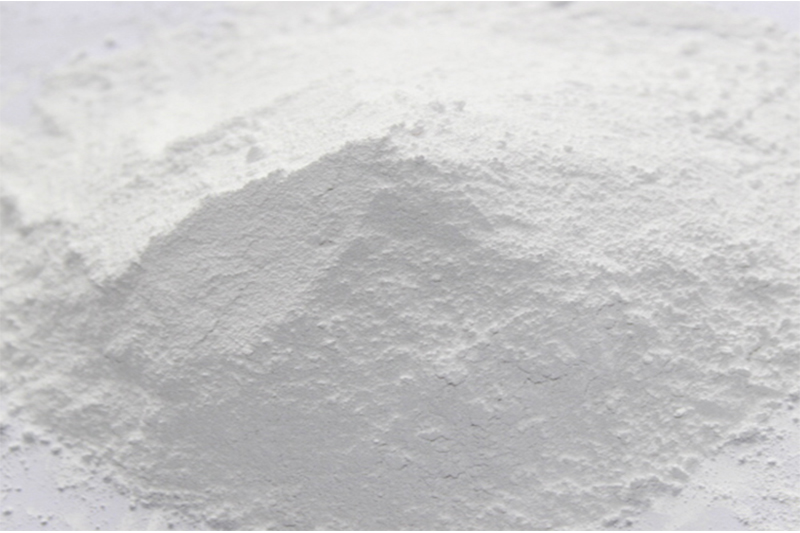
Dec . 16, 2024 21:23 Back to list
titanium dioxide pigment powder
The Role of Titanium Dioxide Pigment Powder in Modern Applications
Titanium dioxide (TiO₂) is a white, opaque pigment widely used in various industries due to its excellent opacity, brightness, and durability. As one of the most widely utilized white pigments in the world, titanium dioxide pigment powder is integral to numerous products that we encounter daily, ranging from paints and coatings to plastics and food products.
Chemical Composition and Properties
Titanium dioxide is derived from titanium ore, primarily ilmenite and rutile. The pigment exists mainly in two crystalline forms rutile and anatase. Rutile is the most commonly used form because of its superior stability and durability. The pigment possesses unique optical properties, most notably its ability to scatter light effectively, making it an excellent opacifier. When mixed into products, it provides high coverage and whiteness, enhancing the aesthetic appeal and performance of materials.
One of the remarkable characteristics of titanium dioxide is its non-toxic nature, contributing to its widespread acceptance in consumer products, including cosmetics and food additives. Moreover, titanium dioxide offers exceptional UV resistance, making it a popular choice for applications requiring sunlight protection, such as in outdoor paints and skincare products with sunscreen properties.
Applications of Titanium Dioxide Pigment Powder
The versatility of titanium dioxide allows it to be utilized across several industries.
1. Paints and Coatings One of the largest applications of titanium dioxide pigment is in the paint and coatings industry. It provides opacity and brightness to paints, ensuring color vibrancy and uniformity. The pigment’s durability also makes it resistant to fading, ensuring longevity in both interior and exterior applications.
2. Plastics In the plastics industry, titanium dioxide is used to enhance the aesthetic properties of final products. It fills in and whitens plastic materials, making them more visually appealing. Additionally, it contributes to the physical properties of plastic by improving scratch resistance and UV stability.
titanium dioxide pigment powder

3. Cosmetics Titanium dioxide is frequently used in cosmetic formulations, particularly in foundations, sunscreens, and powders. Its ability to reflect UV light makes it a key ingredient in sunscreen products, helping to protect the skin from harmful UV rays. Its non-irritating properties make it suitable for sensitive skin formulations.
4. Food Industry Titanium dioxide is also employed as a food colorant, designated E171 in the European Union. It is used to improve the whiteness of products such as confectionery and dairy items. However, its safety in food applications has been under scrutiny, leading to regulatory reviews and discussions about its use.
5. Paper and Ink In the paper industry, titanium dioxide is used as a whitener and opacifying agent, enhancing the brightness of paper products. Additionally, inks incorporate titanium dioxide to improve opacity and color fastness, resulting in high-quality print outputs.
Environmental Considerations and Future Trends
As industries strive to become more environmentally conscious, the production and use of titanium dioxide pigment powder are undergoing scrutiny. Efforts are being directed towards exploring more sustainable and eco-friendly production methods. Research into alternative materials that can replicate the properties of titanium dioxide is also underway, driven by regulatory pressures and consumer demand for sustainable products.
Furthermore, advances in nanotechnology are paving the way for finer titanium dioxide particles that may offer enhanced properties for various applications. This could lead to innovations in paint formulations with better performance characteristics or cosmetics with improved formulation stability.
Conclusion
Titanium dioxide pigment powder plays an essential role in enhancing the quality and functionality of a vast array of products across multiple industries. Its unique properties, including opacity, brightness, and UV resistance, have made it a cornerstone in formulations for paints, plastics, cosmetics, and more. As the focus on sustainability continues to rise, the industry will likely see innovations that balance performance with environmental responsibility, ensuring titanium dioxide remains a vital material in the future.
-
Premium 6618 Titanium Dioxide for GPT-4 Turbo Applications
NewsJul.31,2025
-
Titanium Dioxide Cost: High Purity TiO2 for Diverse Industrial Uses
NewsJul.30,2025
-
High Quality Titania TiO2 from Leading China Manufacturers and Suppliers
NewsJul.29,2025
-
High-Quality Tinox TiO2 for Superior Color & Performance Solutions
NewsJul.29,2025
-
High Quality Titania TiO2 from Leading China Supplier & Manufacturer
NewsJul.29,2025
-
High-Performance r6618 TiO2 for Superior Whitening and Versatility
NewsJul.28,2025
